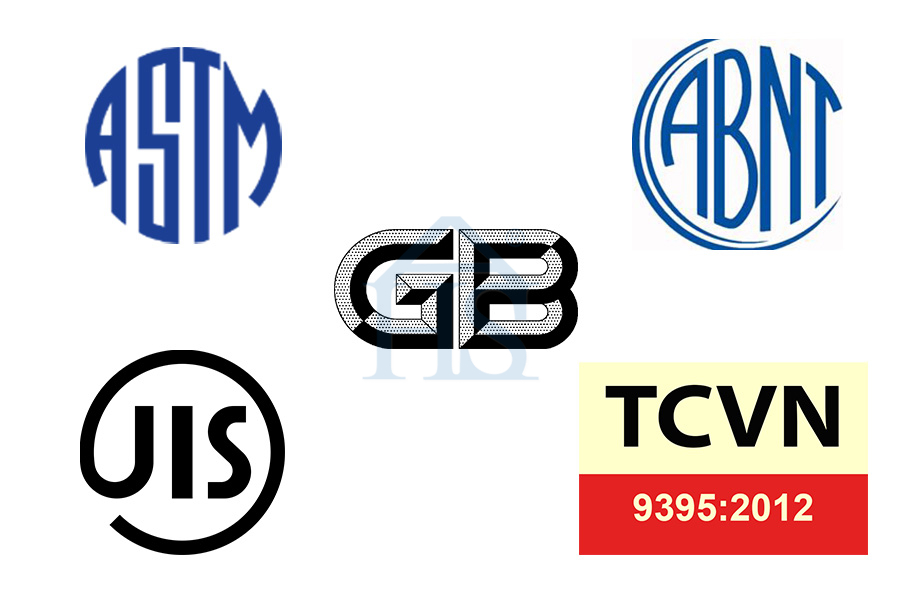Introduction to Steel Fiber Reinforced Concrete
Steel fiber 钢筋混凝土 (钢纤维混凝土) is a high-performance building material that combines the strength and durability of concrete with the flexibility and resilience of steel fibers. By incorporating steel fibers into the concrete mix, engineers and architects are able to create structures with improved load-bearing capacity, 裂纹阻力, and overall longevity. 在本文中, we will explore the benefits, 类型, and applications of SFRC, as well as some of the challenges and limitations associated with its use.
Benefits of Steel Fiber Reinforced Concrete
Enhanced Structural Strength
The addition of steel fibers to concrete significantly increases its tensile and flexural strength. The fibers help to distribute loads more evenly throughout the material, reducing stress concentrations and enhancing the structural integrity of the finished product.
Improved Crack Resistance
Cracking is a common issue in conventional concrete structures due to its brittle nature. 钢纤维混凝土, 然而, exhibits superior crack resistance thanks to the steel fibers’ ability to bridge cracks and redistribute stress. This characteristic helps to prevent the formation and propagation of cracks, prolonging the service life of the structure.
提高耐用性
The steel fibers in SFRC not only provide structural reinforcement but also improve the material’s durability. They help to resist the effects of freeze-thaw cycles, 化学攻击, 和磨损, ensuring that the concrete maintains its integrity and performance over time.
节约成本
While the initial cost of SFRC may be higher than traditional concrete, the long-term savings can be significant. The enhanced strength, 裂纹阻力, and durability of SFRC often result in reduced maintenance costs and a longer service life for the structure, ultimately leading to a lower total cost of ownership.
Types of Steel Fibers
Hooked-End Steel Fibers
Hooked-end steel fibers are characterized by their bent ends, which help to anchor the fibers within the concrete matrix. This design feature increases the bond strength between the fiber and the concrete, providing enhanced load transfer and crack resistance.
Crimped Steel Fibers
Crimped steel fibers have a wavy or zigzag shape, which increases their surface area and improves their bond with the concrete. This type of fiber is especially effective at resisting pull-out forces and providing additional reinforcement in tension-critical applications.
Straight Steel Fibers
Straight steel fibers are the simplest type of steel fiber, lacking any surface deformations. They rely on the friction between the fiber and concrete to resist pull-out forces.
While straight steel fibers may not provide the same level of bond strength as hooked-end or crimped fibers, they can still be an effective solution for certain applications where the primary concern is increasing tensile strength.
Applications of Steel Fiber Reinforced Concrete
Industrial Floors
One of the most common applications of SFRC is in the construction of industrial floors. The increased strength, 裂纹阻力, and durability of SFRC make it an ideal choice for heavy-duty flooring that must withstand heavy loads, high traffic, and constant wear and tear.
Pavements and Highways
SFRC is also widely used in the construction of pavements and highways. Its enhanced load-bearing capacity and resistance to cracking make it a suitable material for roads subjected to heavy traffic, extreme weather conditions, 和冻融循环.
Tunnel Linings
The structural strength and durability of 钢纤维混凝土 make it a popular choice for tunnel linings, particularly in environments where traditional concrete may be susceptible to cracking or failure. The steel fibers help to ensure that the tunnel lining remains intact and safe, even under significant stress and ground movement.
Building Foundations
SFRC is often used in the construction of building foundations, especially in areas with poor soil conditions or high seismic activity. The steel fibers provide additional reinforcement, ensuring that the foundation can support the weight of the structure and resist the forces generated by earthquakes or soil settlement.
挑战和限制
While SFRC offers numerous benefits, there are also some challenges and limitations associated with its use. One of the primary concerns is the potential for corrosion of the steel fibers, which can compromise the material’s structural integrity. To mitigate this issue, special coatings or corrosion-resistant fibers can be used. 此外, the mixing and placement of SFRC can be more complex than traditional concrete, requiring skilled labor and specialized equipment.
结论
Steel fiber reinforced concrete is an innovative and versatile material that offers numerous benefits over traditional concrete. Its enhanced structural strength, 裂纹阻力, and durability make it an ideal choice for a wide range of applications, from industrial floors to building foundations. 然而, it is essential to consider the potential challenges and limitations associated with SFRC to ensure a successful project outcome.
Frequently Asked Questions
What is the primary purpose of adding steel fibers to concrete?
The primary purpose of adding steel fibers to concrete is to enhance its tensile and flexural strength, improve crack resistance, and increase overall durability.
Can steel fiber reinforced concrete be used for all types of construction projects?
While SFRC is suitable for a wide range of applications, it may not be the best choice for every construction project. Factors such as the project’s specific requirements, 环境条件, and budget should be considered when selecting the appropriate material.
How do steel fibers affect the workability of concrete?
The addition of steel fibers can reduce the workability of concrete, making it more challenging to mix, place, and finish. 然而, this issue can be mitigated by adjusting the mix design, using appropriate admixtures, and employing skilled labor and specialized equipment.
Is steel fiber reinforced concrete more expensive than traditional concrete?
While the initial cost of SFRC may be higher than traditional concrete, the long-term savings in terms of reduced maintenance costs and increased service life can result in a lower total cost of ownership.
Can steel fiber reinforced concrete be used in combination with traditional reinforcement methods, such as rebar or wire mesh?
是的, SFRC can be used in combination with traditional reinforcement methods to further enhance the material’s structural performance and durability. The specific combination of reinforcement will depend on the project’s requirements and design considerations.





